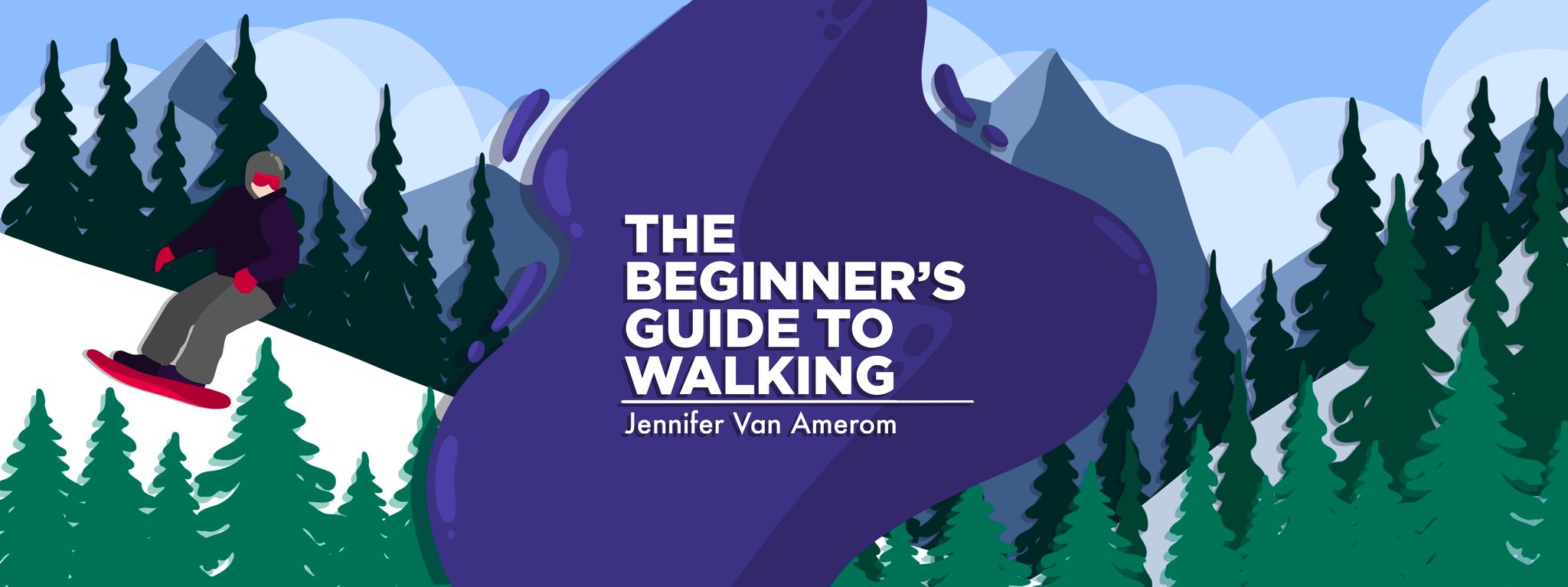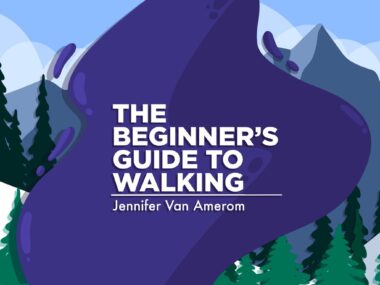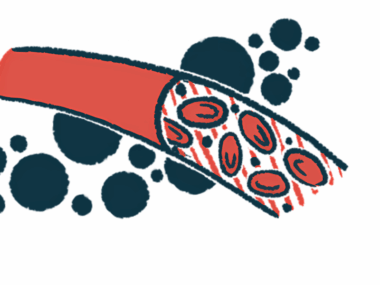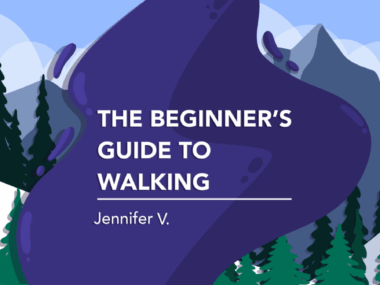Stepping out of my comfort zone despite NMOSD
A columnist shares her determination to make the most of every moment
Written by |

“Mama, can we ride one more roller coaster, please?”
I looked at Sophie’s desperate face and could see her excitement waiting to boil over. At 10 years old, my daughter is a tiny daredevil. The bigger and faster the ride, the louder she laughs.
I knew she wanted to ride the monster that loomed way above our heads, with its three corkscrews and a daring drop of almost 90 degrees. It’s a terrifying ride for even the most confident adult, but my child, all 53 pounds of her, wanted nothing more than to share this experience with her mother.
I couldn’t tell if my nerves were shot from the previous ride, a terrifying tower that dropped us from 230 feet, or from my neuromyelitis optica spectrum disorder (NMOSD) and the pain of walking the paved walkways through the park. Either way, my palms were sweating.
My husband, always my protector, undoubtedly felt how clammy my hand was as he held it. He said, “I bet Mom’s back is really sore. Maybe we let her sit this one out.”
My kid is used to hearing me say no, so she wasn’t surprised by this, but as a mother, it’s rare anything gets by me. I saw that split second of disappointment cross her face.
“No, it’s OK. I think I can do one more, even if it’s this one.”
My husband gave me a knowing look that said I shouldn’t push myself. His silence speaks volumes.
“Look, if we do this one, it’ll be our last one, OK?”
Satisfying everyone in my family and my NMOSD is a game I always lose. I knew that night, and the next day, would be my personal nightmare, but that was a problem for future me.
As it turned out, the coaster was rather smooth. Modern science and engineering have greatly improved amusement park rides. The newer ones are nothing like those I enjoyed as a kid. The old coasters would smash your head repetitively between the seat and the restraints.
After this ride, I waited for my NMOSD symptoms to flare, but they never did. I was a little exhausted from our family outing, but it was nothing I couldn’t manage.
Making the most of every moment
The truth is, I could’ve used NMOSD as an excuse not to ride. I could’ve eliminated the death-defying drop and the dizzying corkscrews from my day — but I didn’t, and I’m glad. For those 45 seconds, I could fly.
There have been many times when I’ve declined an outing, a get-together with friends, or even a quiet night at someone’s home because of my condition. I’m used to NMOSD showing its ugly self at the most inopportune moment. Then, I end up suffering quietly and wishing I were in bed instead. I’ve lost count of how many times NMOSD has ruined my fun, so I now preemptively decline anything that takes me out of my daily pattern. Out of necessity, the disease has made me into a creature of habit.
Limitations exist to protect us, but are they always necessary? What if we pushed ourselves just a little? What would happen if we said yes to the party invite, even if we aren’t feeling our best when we accept? What if we took that one-hour cardio class, or went out dancing for the night?
As time goes by, though, NMOSD is slowly winning the battle against my body. It’s harder to get through my day than it was over a decade ago — even with one of the newest treatments coursing through my veins.
Still, I’ve vowed to approach every day with gratitude. If I’m only given this one life, I want to maximize every moment of it. While I’ve never been the type to let life slip away, what I do with each moment means much more to me now. Even if it results in spending 45 seconds screaming and regretting my decision.
Note: Neuromyelitis News is strictly a news and information website about the disease. It does not provide medical advice, diagnosis, or treatment. This content is not intended to be a substitute for professional medical advice, diagnosis, or treatment. Always seek the advice of your physician or other qualified health providers with any questions you may have regarding a medical condition. Never disregard professional medical advice or delay in seeking it because of something you have read on this website. The opinions expressed in this column are not those of Neuromyelitis News or its parent company, Bionews, and are intended to spark discussion about issues pertaining to neuromyelitis optica spectrum disorder (NMOSD).







Leave a comment
Fill in the required fields to post. Your email address will not be published.